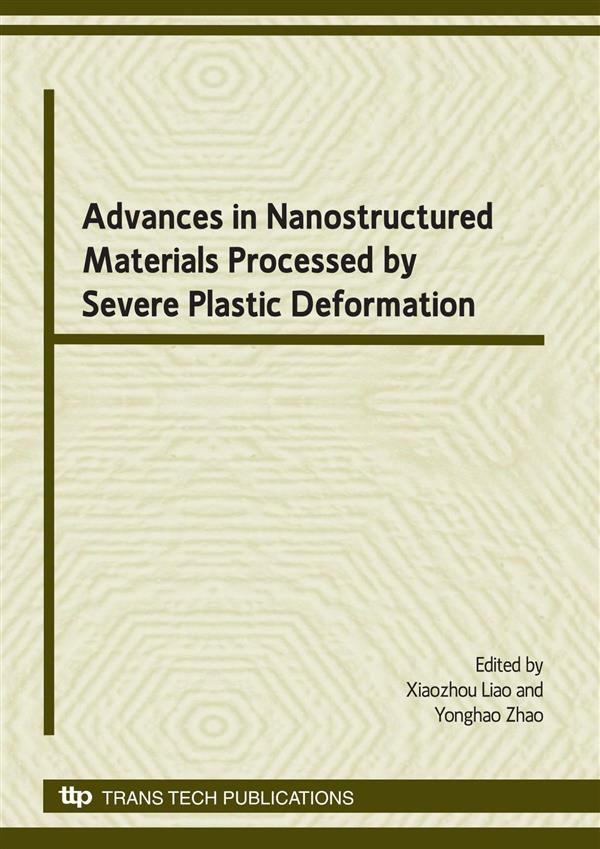Engineering Research
Materials Science
Engineering Series
Advances in Nanostructured Materials Processed by SPD
Description:
Purchase this book:
Info:
Review from Ringgold Inc., ProtoView:
Editors Liao (aerospace, mechanical, and mechatronic (engineering, U. of Sydney) and Zhao (chemical engineering materials science, U. of California) provide 10 papers that explore a variety of aspects of interest to severe plastic deformation (SPD) researchers. SPD techniques are the most popular and most rapidly developing methods for producing nanostructured materials. The collection's 28 contributors discuss several related subjects, including recent developments of SPD techniques for processing bulk nanostructured materials, plastic behavior of metals in reverse straining after large pre-strains, and surface nonocrystallization by surface mechanical attrition treatment. Chapters begin with abstracts and introductions and include illustrations.

